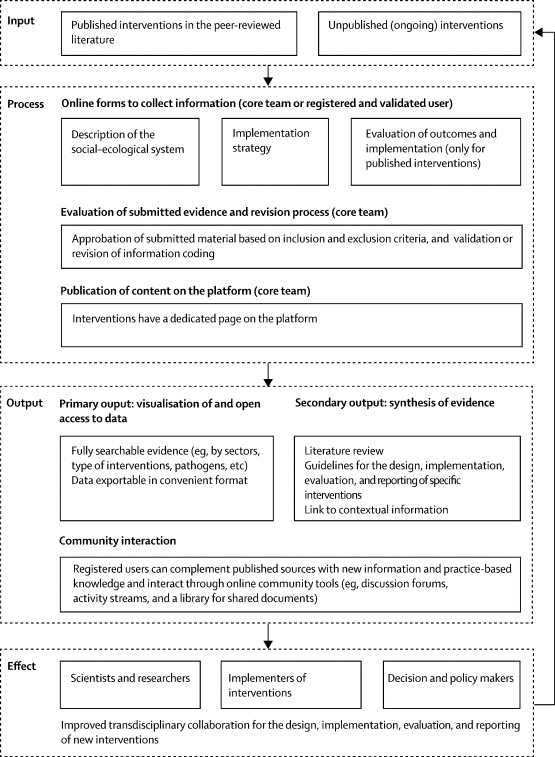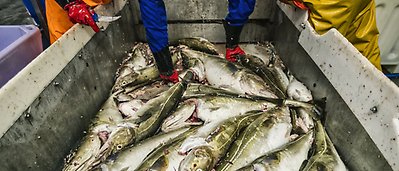Bildtext får vara max två rader text. Hela texten ska högerjusteras om den bara ska innehålla fotobyline! Photo: B. Christensen/Azote
ANTIMICROBIAL RESISTANCE
How, where and when is it best to combat antimicrobial resistance?
- Although there are a diversity of interventions available to address antimicrobial resistance, there is a lack of understanding of the factors that shape their effectiveness
- A new online platform will help gather and develop evidence on interventions
- A prototype of the platform, called AMRintervene, is already available
New online platform will be an accessible database with searchable evidence about what works, for whom, and under what conditions
RESISTING LIMITATIONS: We actually understand a fair amount about how to combat antimicrobial resistance. What we struggle with more is understanding when the interventions that do exist work best.
Do we choose a strategy that focuses on the responsible use of an antimicrobial, or rather one hinged on preventing infection in the first place?
Context is key, and context is often forgotten. Most research pays little attention to the contextual factors influencing the success of an intervention, with success often determined in a high income country vacuum.
So how can we go about consolidating evidence for how, where and when, what interventions are our best bets for limiting AMR?
Renewed focus on infectious diseases
In a study published in The Lancet Infectious Disease, centre researcher Peter Søgaard Jørgensen, together with an international team of researchers, set out a vision for an online platform that brings together and develops evidence for concrete action against antimicrobial resistance across the world and across animal, human and environmental health.
Progress in the fight against antimicrobial resistance requires a better understanding of the diversity of interventions, their feasibility and cost–benefit, and the factors that underpin their effectiveness.
Peter Søgaard Jørgensen, author
Open access platform
A prototype of the platform, called AMRintervene, is already available online.
The platform will eventually be an accessible database with searchable evidence about what works, for whom, and under what conditions.
As an open access learning platform, it will appeal to a broad range of stakeholders, including health-care professionals, public health practitioners, policy makers, industries, and consumer groups.
“Integrating this learning platform within societal governance structures will help to maximise its usefulness and sustainability,” conclude the authors.

Strucutre of the AMRIntervene online platform
Wernli, D., Jørgensen, P.S., Parmley, E.J., Troell, M., et.al. 2020. Evidence for action: a One Health learning platform on
interventions to tackle antimicrobial resistance. Lancet Infectious Diseases, DOI:https://doi.org/10.1016/S1473-3099(20)30392-3
Click here to access the AMRIntervene platform
For more information, contact lead author Peter Søgaard Jørgensen:










